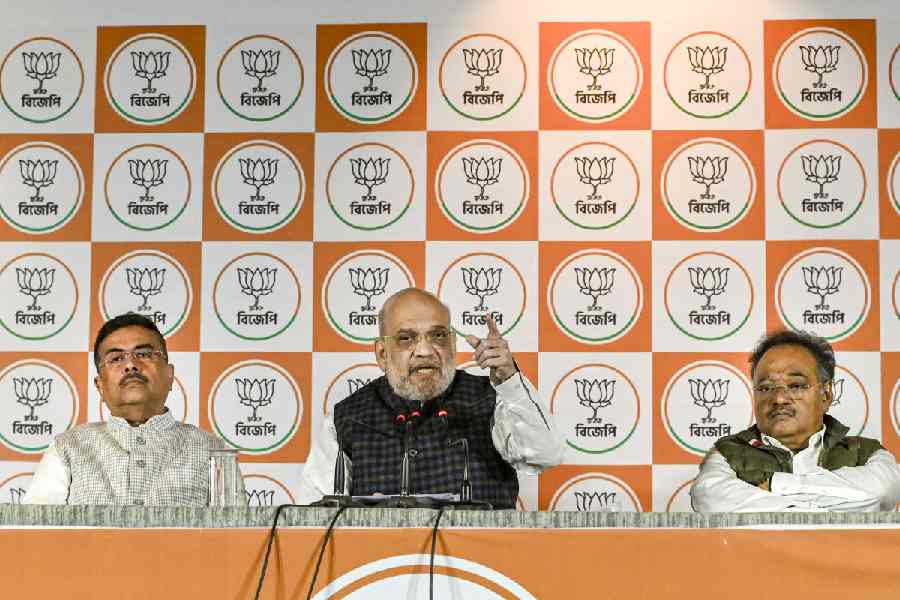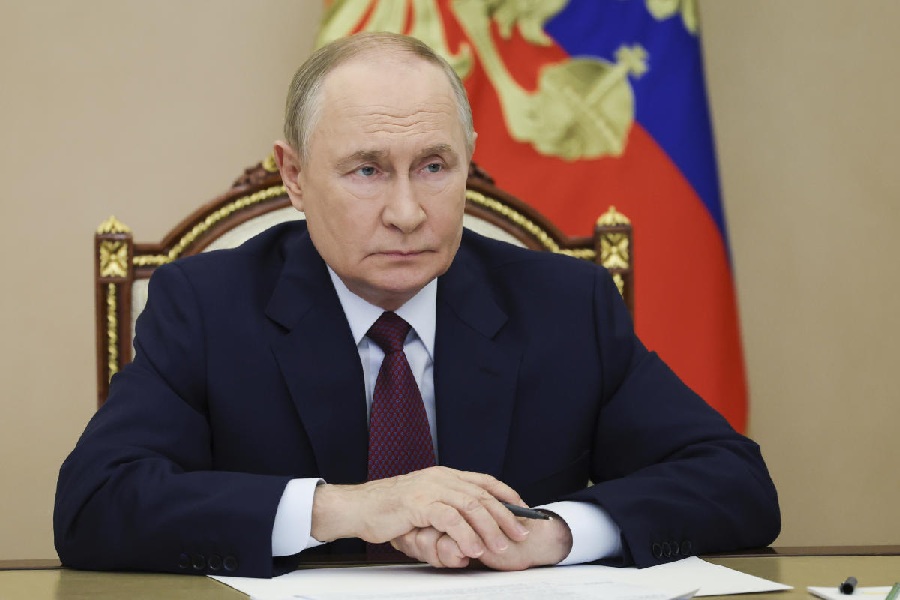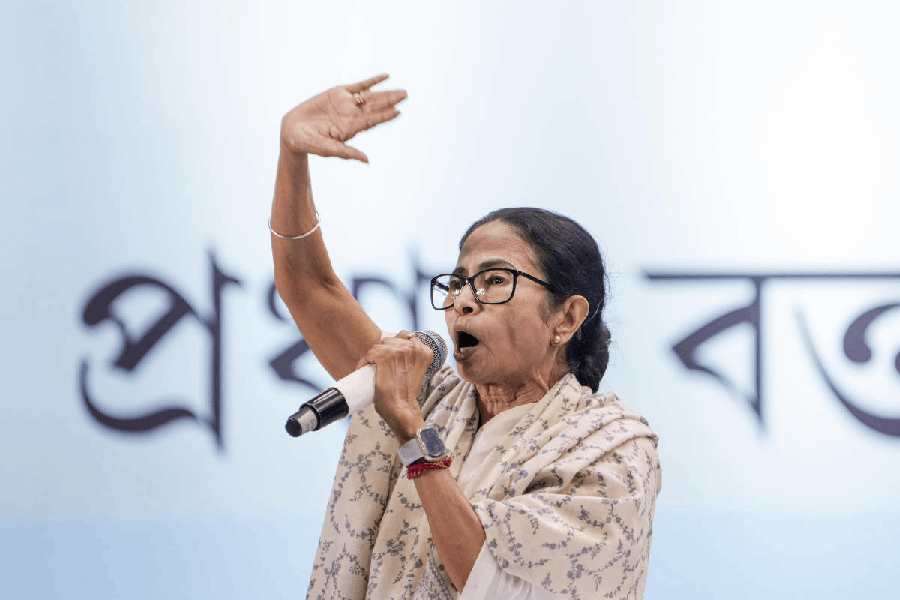|
|
| The torana of Sanchi Stupa, Madhya Pradesh |
Dreaming Vishnus: A Journey through Central India By Vikramjit Ram, Penguin, Rs 350
Vikramjit Ram has written a travelogue with a difference. Dreaming Vishnus is about the journeys of a designer cum writer-photographer, who, deep in his heart, nurtures two very special interests — one in elephants and the other in crumbling edifices. These curiosities propel him into a prolonged excursion into the heart of India — quite literally so, because the journey gradually becomes a daring expedition into the nooks and crannies of central India, into jungles and cities, shrines and caves, and into many other magnificent and nondescript places.
Ram is as wonderstruck by the prehistoric cave paintings as he is excited with the murals in medieval palaces. Ram’s description of the sculptures, down to their minutest details, captures the pulse beat of the time in which those were built. The lore and legends which he narrates had motivated the unknown sculptors in the Puranic times to recreate a lost era. Ram’s descriptions in this book encourage the readers to relive those times.
But Ram’s reconstruction of the past is not uni-dimensional. He travels through parts of Madhya Pradesh and Uttar Pradesh, visiting places like Bhimbetka, Sanchi, Khajuraho and other lesser known areas. If Ram’s analysis of the designs and postures of the statues throw the readers back into a mythic and mystic past, his recounting of his bizarre travel experiences and the uncanny and overpowering sensations aroused in him by some of the life-like statues offer a unique vision of the present.
Ram’s narrative flits quite frequently between the present and the past and secretly explores the mysterious ways in which these two are related. Ram’s journey thus becomes a travel through time that is fluid and fusional, dissolving chronological distinctions. Ram’s narrative space is peopled with numerous characters with streaks of peculiarities running through them. It incorporates tales of an absconding cuckold, two cunning cousins, and a pair of charmingly weird sisters.
Even the travel guides add shades to the extravagantly colourful pageant of characters. And the funny anecdotes related to various modes of transport ensure that there are very few dull moments in the narrative. All the wantonly varied tales are, as if, stitched together with the leitmotif of the reclining, dreaming Vishnu that not only informs the art and sculpture but also the forms modus vivendi of the characters in the narrative.
In a way, Ram’s non-fictional characters represent what Mikhail Bakhtin, drawing upon Einstein’s theory of relativity, describes as ‘chronotype’ in The Dialogic Imagination : Four Essays. The term indicates a specific orientation of space and time encapsulated in a specific fictional module.











